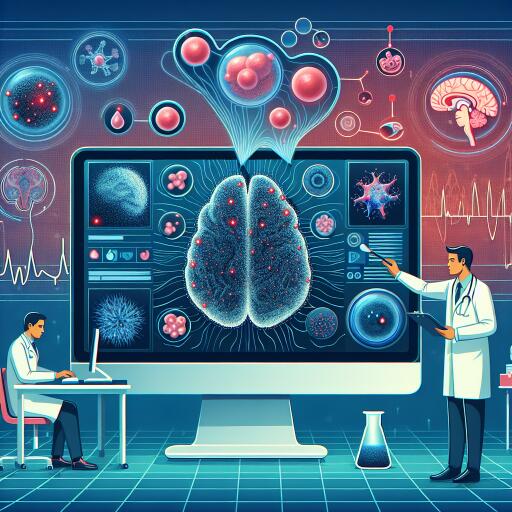Revolutionizing Healthcare: The Future of AI-Enabled Diagnostics and Machine Learning
In recent years, the healthcare industry has witnessed a seismic shift towards the integration of Artificial Intelligence (AI) and Machine Learning (ML) in disease diagnosis and prevention. With the capability to analyze vast amounts of healthcare data, AI-driven solutions are poised to redefine the landscape of medical diagnostics, offering unprecedented accuracy and efficiency in detecting a broad spectrum of diseases, including various cancers.
The surge in technological advancements has paved the way for the development of sophisticated AI-enabled healthcare diagnostic systems. These systems are not only scalable and resilient but are also designed to support clinicians in making informed decisions with greater precision. A key factor in their effectiveness is the incorporation of evolutionary computing (EC) methods, which draw inspiration from the complex mechanisms of the biological immune system. Known for its adaptive capabilities, the biological immune system offers a robust model for developing AI-driven diagnostic solutions capable of combating severe diseases with finesse.
EC techniques, through their simulation of natural selection and genetic evolution, present a promising avenue for enhancing healthcare data analysis, particularly in medical image analysis. These methods employ multi-level defense mechanisms, mirroring the immune system’s ability to provide swift, specific, and effective responses to various pathogens. The evolutionary journey of these computing methods reflects millions of years of optimization and refinement, underscoring their potential to revolutionize the design of healthcare diagnostics systems specially tailored for cancer detection.
The crux of this innovative approach to healthcare diagnostics lies in leveraging the theoretical and practical applications of AI algorithms—spanning machine learning, deep learning, and their advanced iterations—for the meticulous processing of medical images. This not only aims to bolster the accuracy of disease diagnoses but also strives to foster a collaborative ecosystem where researchers, scientists, and engineers can converge to share their latest findings in medical image processing and disease diagnostics.
With a focus on intelligent decision-making and the early detection of a broad array of diseases, the integration of AI and ML in healthcare diagnostics heralds a new era of medical innovation. It signals a move towards more personalized, efficient, and effective healthcare solutions that can adapt to the complexities of individual patient care. As these technologies continue to evolve, they offer a beacon of hope for enhancing the quality of life through more accurate and timely diagnoses, ushering in a future where healthcare is more accessible, precise, and patient-centric.
The significance of this integration cannot be understated, as it represents a critical step forward in our journey towards sustainable and intelligent healthcare solutions. The promise of AI-driven diagnostics, powered by machine learning and evolutionary computing, is not just in its technological prowess but in its potential to redefine what is possible in the realm of healthcare and patient care. As we continue to explore and harness these technologies, we inch closer to a future where every patient has access to the best possible care, informed by the most advanced and accurate diagnostic tools at our disposal.
In the age of information and technology, the fusion of AI and ML in healthcare diagnostics exemplifies the incredible potential of modern science to address the most pressing challenges of our time. It is a testament to the power of innovation and collaboration in paving the way for a healthier, more promising future.










